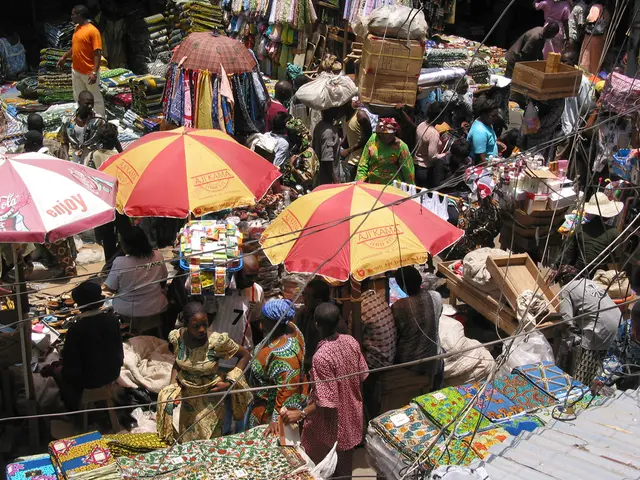Randomness in Card Games: 7 Pivotal Ways it Influences Your Strategy
In the world of digital card games, the delicate dance between luck and skill is a crucial element that keeps players engaged and coming back for more. The balance is carefully orchestrated by game designers, who meticulously choose their sources of randomness to create an exciting and fair gaming experience.
Randomness mechanisms, such as random card draws (as seen in games like Magic: The Gathering and Hearthstone), introduce an element of chance, making each match unpredictable and giving all players a shot at winning. However, these mechanisms should not overwhelm skill, ensuring that strategic decision-making remains a vital part of the gameplay.
Game design choices, like deck construction and mulligan rules, play a significant role in mitigating the impact of bad luck from poor draws. Proper deck building, such as balancing land cards in Magic, can help minimise the influence of randomness, while mulligan rules (allowing redraws) reduce extreme randomness early in the game.
Automatic adjustments, like mana or resource counts, help reduce the effects of pure luck by ensuring players have viable options during gameplay. These adjustments smooth out statistical variance, ensuring a more balanced and fair game.
The degree of randomness sprinkled in by designers is another crucial factor. A good balance keeps matches lively, with enough unpredictability to surprise players without negating strategic decision-making. Layered on top of this randomness are strategic elements that allow skilled players to influence outcomes despite the RNG factors.
Seeds allow for repeatable and shareable game experiences, making tournaments and content creation possible. Procedural generation, which combines randomness with set rules for consistency, ensures games feel fresh but never completely chaotic.
Card games like Magic: The Gathering apply RNG through deck randomization and card drawing mechanics, with card draws introducing chance into gameplay and affecting strategy. Other games, like Hearthstone, employ four distinct types of RNG that shape every match: Coin Flip mechanics, Random Target effects, Small Set randomness, Catalogue RNG, and card draw.
Online poker platforms, which rely heavily on RNG to ensure fair card distribution and maintain game integrity, use sophisticated Pseudorandom Number Generators (PRNG) that undergo rigorous third-party audits.
As technology advances, AI and machine learning systems are now monitoring RNG output in real-time, detecting any anomalies that might compromise game fairness. Advanced algorithms will likely create more sophisticated randomness that feels natural rather than purely mechanical in 2025, with dynamic RNG systems and AI becoming more prominent.
The best card games create a balance where random events feel exciting rather than unfair, giving players just enough control to showcase their strategic thinking while keeping outcomes uncertain enough to stay thrilling. Removing random number generation from card games transforms strategy into pure skill contests, where players make decisions based on complete information, not luck.
However, adding RNG elements to card games is a delicate task. Too little randomness makes games predictable and boring, while too much chaos frustrates players. Smart developers use specific techniques like weighted probability tables, seed-based algorithms, and player choice mechanics to control how much luck influences each match.
Some card games work perfectly fine without any random elements at all, such as Prismata, which eliminates randomness entirely. Skill-based victories feel more satisfying than wins influenced by luck, which is why many competitive players prefer games with minimal random elements.
Methods to control RNG outcomes include simulations that test thousands of combinations for hard data, playtests with real players, streak breakers and pseudo-randomness, hidden rerolls, context-aware RNG, dynamic AI, Marble Bag approach, player involvement via custom decks or sandbox environments, weighted probability tables, and various other techniques.
Game designers must define specific goals before adding RNG elements to their card games, with common goals being diversity, adaptability, drama, and fairness. By carefully balancing these elements, game designers can create digital card games that are both exciting and fair, keeping players engaged and coming back for more.
In the realm of digital card games, technology is utilized to implement random number generation (RNG) mechanisms, such as card draws, coin flips, and procedural generation, thereby adding a layer of unpredictability that keeps players engaged and ensures an element of luck. However, smart developers meticulously control the degree of randomness, employing techniques like weighted probability tables and player choice mechanics, to retain strategic decision-making as a integral part of gameplay, ensuring skill remains a vital factor in the overall gaming experience.




